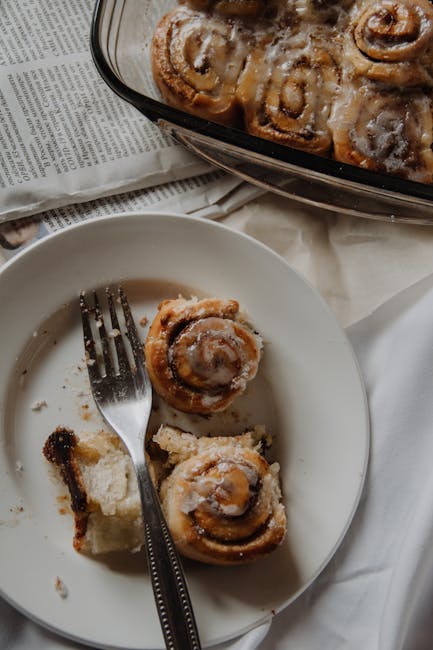Introduction
Cinnamon rolls, those delectable swirls of dough, cinnamon, and frosting, are a beloved treat enjoyed worldwide. But where did these sweet, sticky buns originate? The history of cinnamon rolls is a fascinating journey through various cultures and culinary traditions, with a few twists and turns along the way. This article delves into the origins and evolution of the cinnamon roll, tracing its path from ancient spices to modern-day indulgence.
Main Sections
Early Influences: Cinnamon and Sweet Breads
The story of cinnamon rolls begins long before their modern iteration. Let’s consider some key ingredients and baking traditions that paved the way:
- Cinnamon: Native to Sri Lanka (formerly Ceylon), cinnamon has been prized for its aroma and medicinal properties for thousands of years. Its use in baking, however, wasn’t widespread until trade routes opened up and made it more accessible.
- Sweet Breads: Sweetened breads have a rich history in various cultures. Ancient Egyptians, Greeks, and Romans all created forms of sweetened dough enriched with honey and fruit. These breads provided the foundation for later pastries.
The Likely Origins: Sweden and the Kanelbulle
While the exact origin of the cinnamon roll is debated, Sweden is widely credited as its birthplace. The Swedish Kanelbulle (cinnamon bun) is a strong contender for the cinnamon roll ancestor. Here’s why:
- Post-World War I Popularity: While recipes likely existed before, cinnamon buns gained significant popularity in Sweden after World War I when ingredients like flour, sugar, and cinnamon became more readily available.
- Cardamom’s Role: Traditional Swedish cinnamon buns often incorporate cardamom, another aromatic spice that complements cinnamon beautifully.
- Kanelbullens Dag (Cinnamon Bun Day): Swedes love their cinnamon buns so much that they even have a dedicated day for them, celebrated on October 4th.
Spread and Evolution: Across Borders and Bakeries
The cinnamon roll’s journey didn’t stop in Sweden. As people migrated and culinary trends spread, the cinnamon roll evolved and adapted to different palates and regional preferences:
- North America’s Influence: Cinnamon rolls made their way to North America, where they were often enhanced with cream cheese frosting, a distinctly American addition.
- Commercial Bakeries: Major bakery chains popularized cinnamon rolls, often creating oversized versions and incorporating various toppings, such as nuts and caramel.
- Regional Variations: Different regions developed their own unique takes on the cinnamon roll, using local ingredients and baking techniques.
Key Ingredients: Dough, Filling, and Frosting
The modern cinnamon roll typically consists of three essential components:
- The Dough: A rich, yeasted dough that provides the structure and soft texture.
- The Filling: A mixture of butter, cinnamon, and sugar that creates the characteristic swirls of flavor. Brown sugar is often used for a deeper, more caramel-like taste.
- The Frosting: The final touch, adding sweetness and moisture. Cream cheese frosting is a popular choice, but simple glazes made with powdered sugar and milk are also common.
Conclusion
The history of cinnamon rolls is a testament to the enduring appeal of simple pleasures and the power of culinary exchange. From its likely origins in Sweden to its global popularity today, the cinnamon roll has undergone numerous transformations, adapting to different cultures and tastes. Whether you prefer a traditional Swedish Kanelbulle or a decadent cream cheese-frosted version, the cinnamon roll remains a comforting and irresistible treat, continuing to evolve with each new generation of bakers and eaters.
